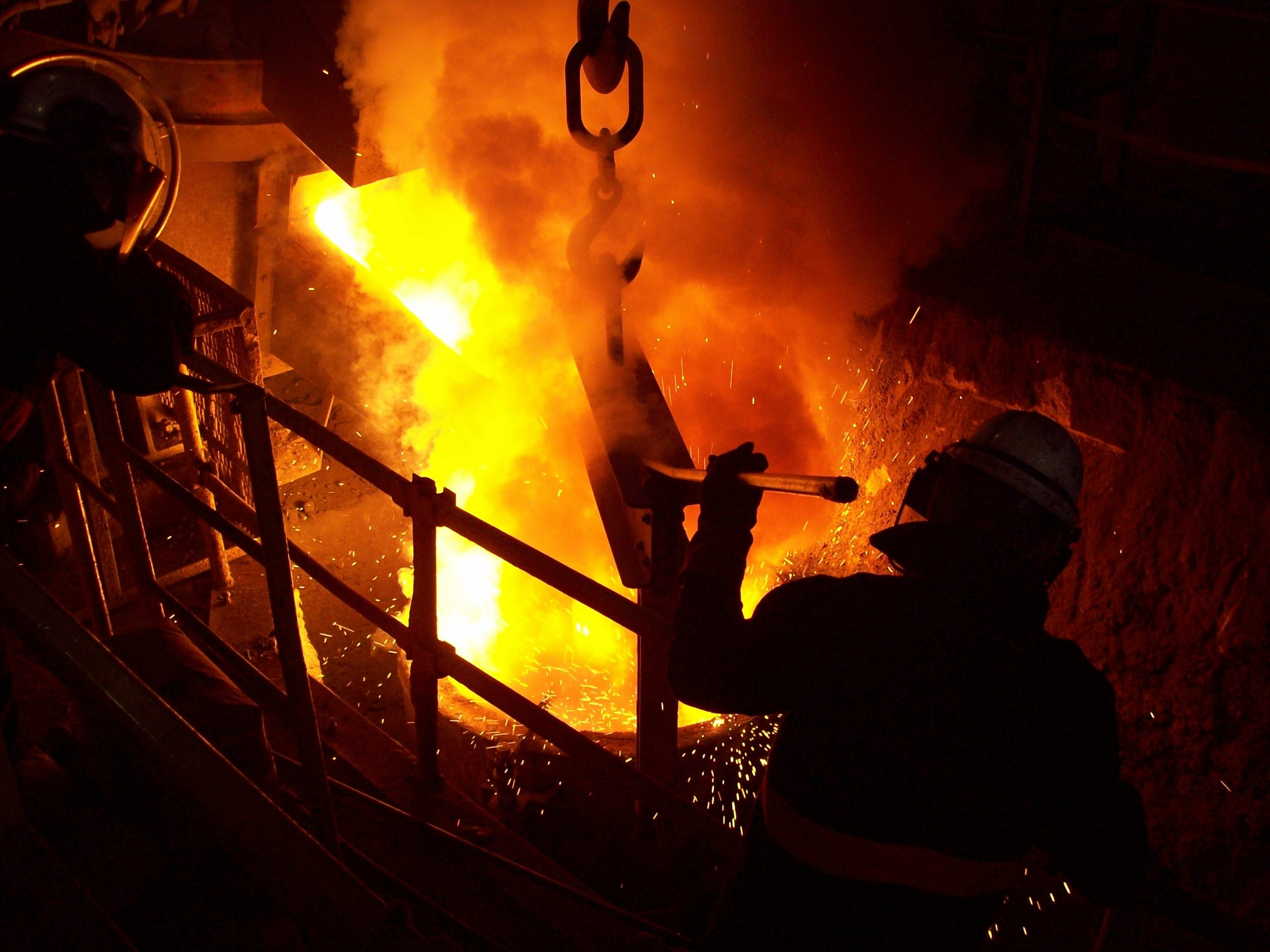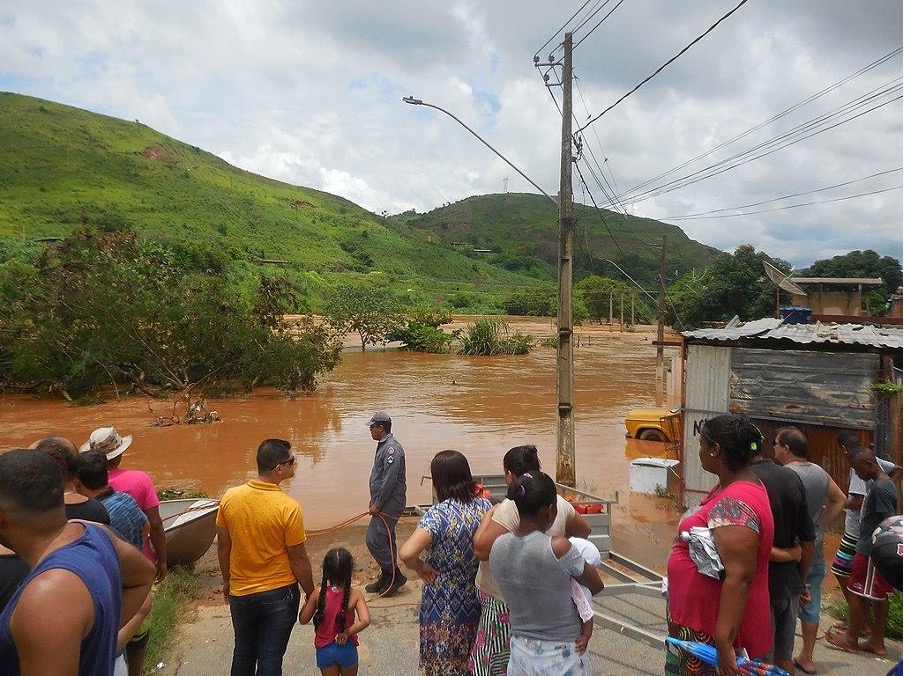
Scotland could produce some of the greenest steel in the world
It is not possible to create a sustainable and fair future that avoids the worst impacts of climate change without careful consideration of the impacts of transition minerals and minimising their use.
While moving to renewables as rapidly as possible is vital to mitigating climate change, increasing our reliance on transition minerals without addressing their impacts will exacerbate, rather than mitigate, many of the injustices underlying the climate crisis.
Some transition minerals, such as lithium, cobalt and nickel are scarce and there are concerns with their global supply while others, such as steel and copper, have well established markets. All of them are associated with social and environmental harm, and so their use needs to be carefully considered.
Why will we need more steel as we transition away from oil and gas?
Steel is important for manufacturing onshore and offshore wind turbines. Wind is the dominant renewable energy generation source in Scotland, and that is set to continue over the coming decades. In the second quarter of 2022, onshore and offshore wind collectively generated 76% of Scotland’s renewable electricity. Looking to the future, wind energy makes up 94% of renewable energy projects under construction.
Scotland’s plans for a massive expansion of wind turbines will require a huge increase in steel supply. There is an estimated 1 million tonnes of steel in Scotland’s current offshore wind developments. This is expected to increase to 14 million tonnes by 2050 based on policy commitments.
What are the problems with our demand for steel?
Iron and steel production contributes 7% of global greenhouse gas emissions. Emissions from steel are so significant both because the world produces a vast quantity of steel every year, and because the process of making steel is almost always carbon intensive – but that can change.
There are also extensive and serious social impacts associated with iron ore extraction and steel production, including labour exploitation and human rights abuses.
The waste from iron ore mining is toxic and permanently stored behind often poorly constructed tailing dams, which are some of the largest geoengineered structures on Earth. In Brazil, there have been two major tailing dam disasters in the last decade. A 2019 disaster in Minas Gerais killed at least 244 people.

How can we reduce our demand for steel?
Scotland could take advantage of the large supply of scrap steel produced within the country and the low carbon electricity grid to produce some of the greenest steel in the world.
Achieving this would require significant investment and planning by the Scottish Government to develop a modern steel plant and associated wind turbine production. Such a move could create much needed decent, green jobs which are essential to fairly transition away from fossil fuels.
Reducing funding for socially harmful end uses, such as unnecessary or unsustainable construction applications, could also cut steel demand.
